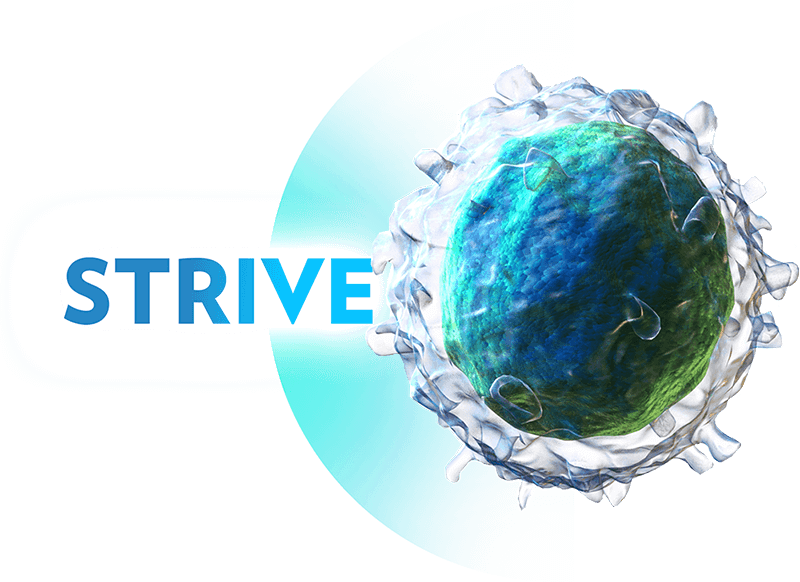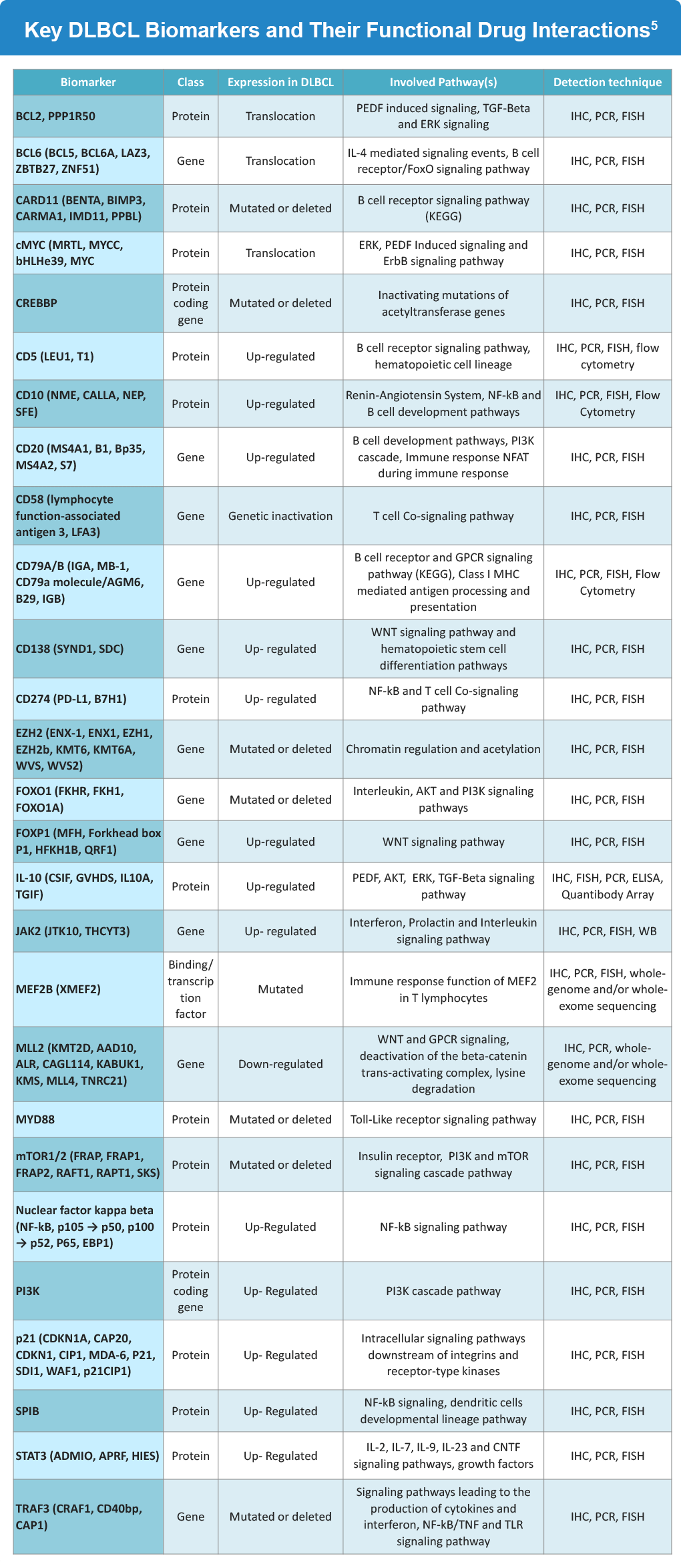This activity is provided by Med Learning Group.
This activity is supported by an independent medical education grant from Regeneron Pharmaceuticals, Inc.
Copyright © 2024 NHL Strive. All Rights Reserved. Website by Divigner
This activity is supported by an independent medical education grant from Regeneron Pharmaceuticals, Inc.
Copyright © 2024 NHL Strive. All Rights Reserved. Website by Divigner




